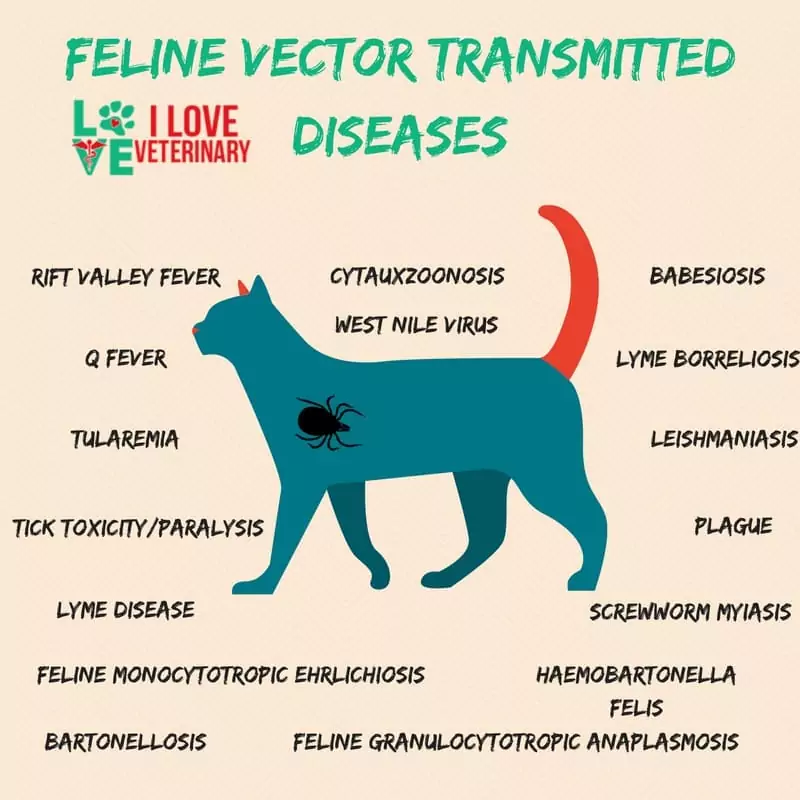When it comes to vector transmissions of feline diseases, proper prevention against internal and external parasites is key.
When it comes to oral transmission, vaccines can protect your cat against some of the diseases. For the rest, early detection of symptoms and seeking veterinary care are key. If your cat is sick at the moment, limit his or her contact with other cats.
And always keep an eye on your cat when he/she goes outside!
Beware, cat lovers. If you’re interested in getting a new pet, this article might scare you. The truth is cats can transmit many human diseases to humans that are not well-known or studied.
In the illustrations below, you can find all the possible transmission routes for the most common feline diseases. In every case, prevention is the most important thing you can do.
Feline Aerosol Transmitted Diseases
There are three types of feline aerosol transmitted diseases: Bartonella henselae (sometimes called bartonellosis), Mycobacterium avium-intracellulare complex (MAC), and Coxiella burnetii (Q fever). It’s not known for certain that all three of these cause diseases in adults, but some are easily contracted by children.
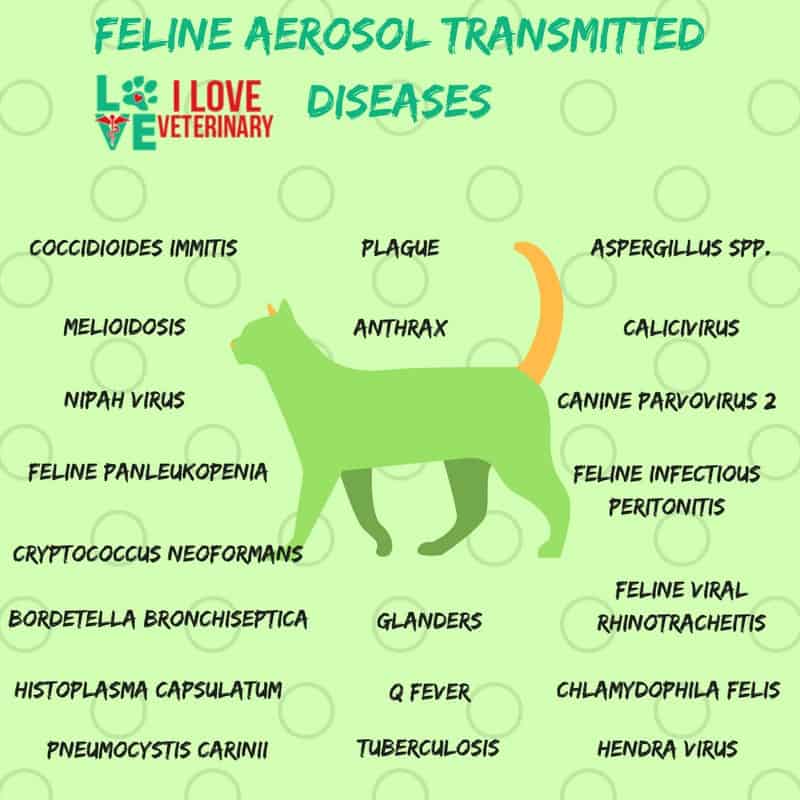
When cats are infected with these bacteria, they give off more than 100 times the amount of the bacteria compared to healthy cats. That means more germs end up on your fingers and on surfaces where you touch your cat.
MAC can be found in three different species of cats: Felis catus, Felis domesticus, and Felis silvestris japonica.
Feline Disease Transmitted by Direct Contact
Diseases transmitted by direct contact with infected cats are rare when compared to other animal-borne pathogens transmitted from animals to humans. However, some diseases that are carried by cats can be life-threatening and may not be a reportable condition in all states.
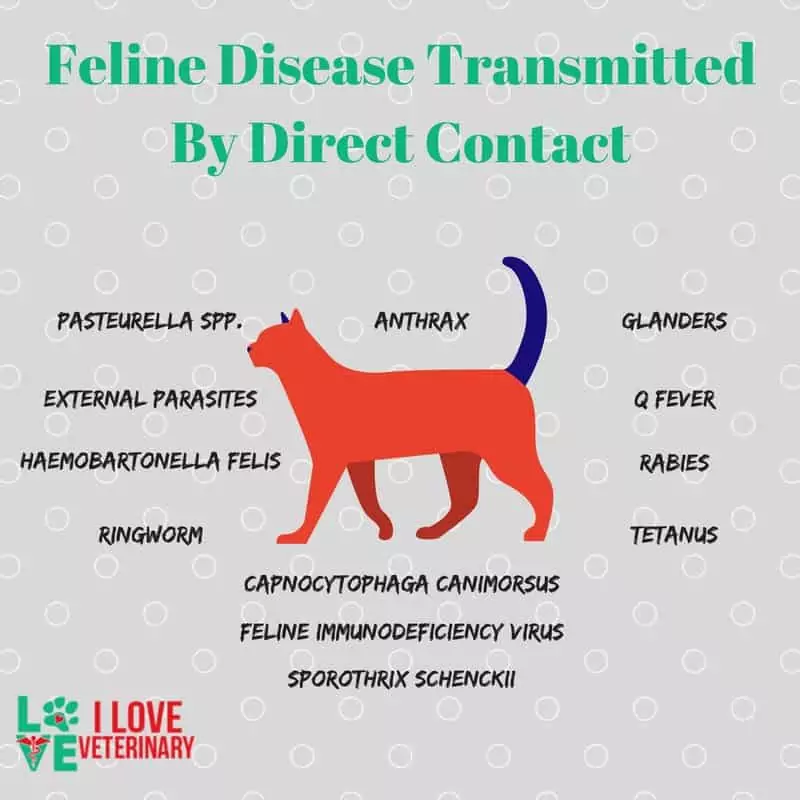
The most common of these is toxoplasmosis, a parasitic disease that can affect people with compromised immune systems, pregnant women, and infants born to mothers who have been infected with the disease. In some cases, it can cause blindness or mental retardation if left untreated.
Feline Fomite Transmitted Diseases
Feline fomite transmitted diseases are a range of infectious diseases that can be transmitted to other cats through contact with a cat carrier, owner, or other items which have come into contact with cat saliva.
These include ringworm, toxoplasmosis, rabies virus, and many others. Protecting your cats against these is easy by using simple precautions such as washing hands before and after grooming your cat or bringing in outdoor cats indoors for the winter.
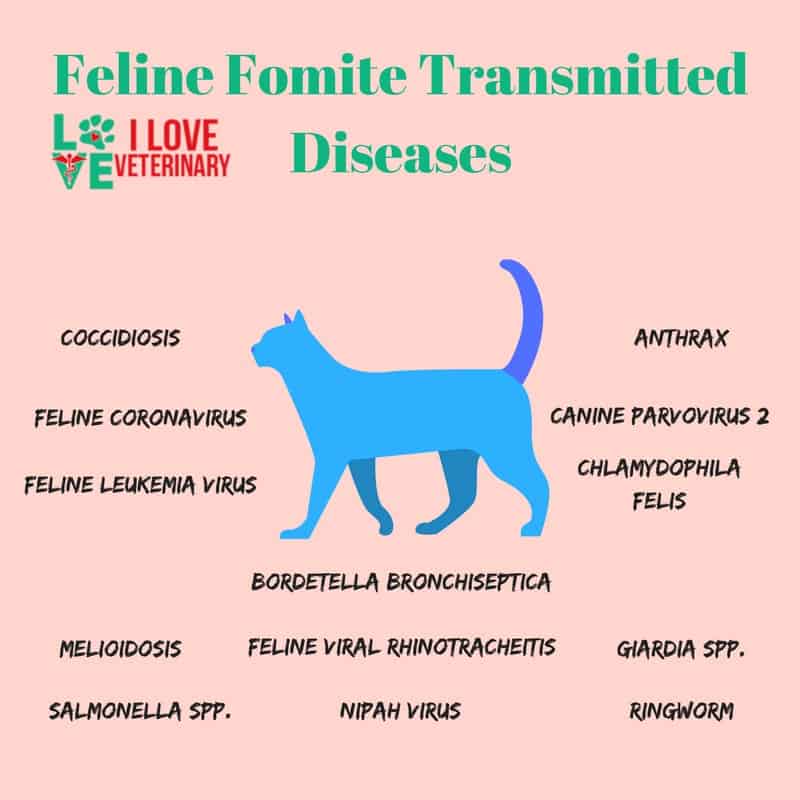
Feline Oral Transmitted Diseases
Have you ever heard your cat meowing and thought to yourself “There’s something wrong with my cat?” If so, you aren’t alone. Cats sometimes show signs of feline oral transmitted diseases (FOTDs) such as gingivitis, feline tooth decay, and tartar buildup.
For the most part, all cats acquire these diseases through their salivary secretions that can travel into other cats or objects like plants or doorknobs.
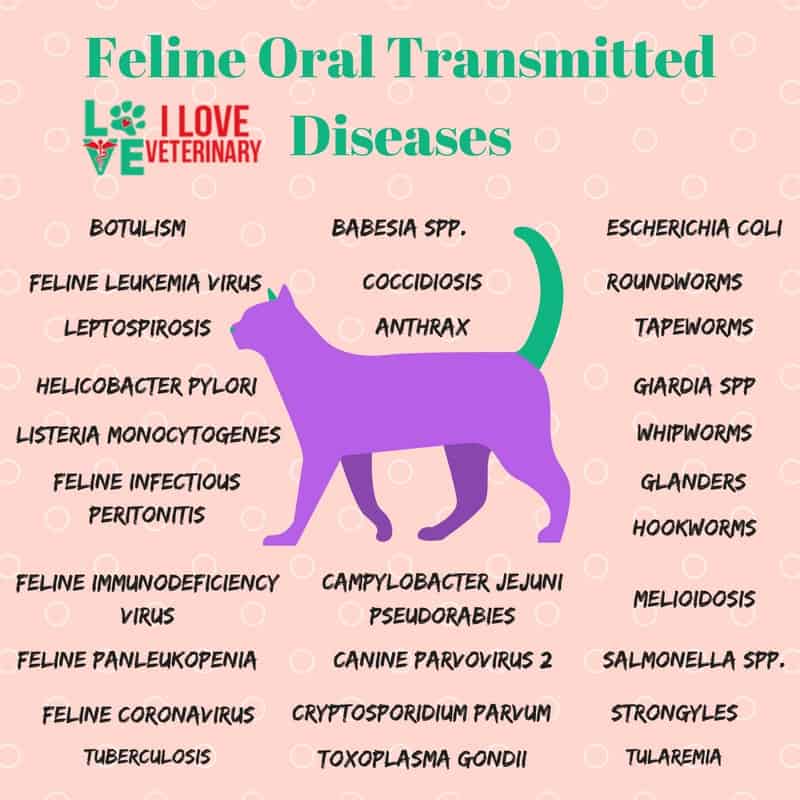
Feline oral transmitted diseases are very common among cats. Even indoor cats are susceptible to them because they can transmit their germs on various objects or surfaces that other cats come into contact with.
These diseases are sometimes mistaken for feline leukemia, feline infectious peritonitis, or some other serious problem. This is due to the fact that your cat will develop some pretty serious symptoms over time.
Feline Vector Transmitted Diseases
The panel of experts that wrote this post is excited to introduce you to vector-borne diseases transmitted by cats. These are some of the most common ways for humans to become infected with pathogens like Bartonella henselae, Borrelia burgdorferi, and Leptospira interrogans.
If you or your children spend an hour every day playing near cats, it’s highly likely that one of these diseases has already passed onto you.
If you’re healthy, you’ll likely conquer these infections quickly and won’t remember them in a few months. But for those with suppressed immune systems, prolonged exposure can cause long-term effects from one or more of these diseases.
Bartonella is a bacterium carried by fleas, ticks, and mosquitoes that enters the bloodstream through the bite wound.
